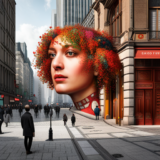
Art, in its many forms, has always been a mirror to society, reflecting technological advancements, cultural shifts, and philosophical debates. The advent of artificial intelligence (AI) has proven no different, with recent developments in AI art stirring discussion and even controversy in the creative realm. Here, we delve into three significant incidents that have ignited these conversations.
Estimated reading time: 4 minutes
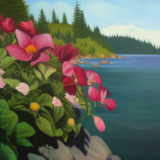
Spring has finally arrived here at Neural Imaginarium, unfurling its vibrant hues after a particularly long winter. It’s a universally appreciated respite, a breath of fresh, blossom-scented air that fills us with renewed energy and excitement. Inspired by the long-awaited arrival of the season, we embarked on an exploration of how DreamStudio, our resident AI artist, handles the task of reimagining famous floral artworks.
Estimated reading time: 2 minutes
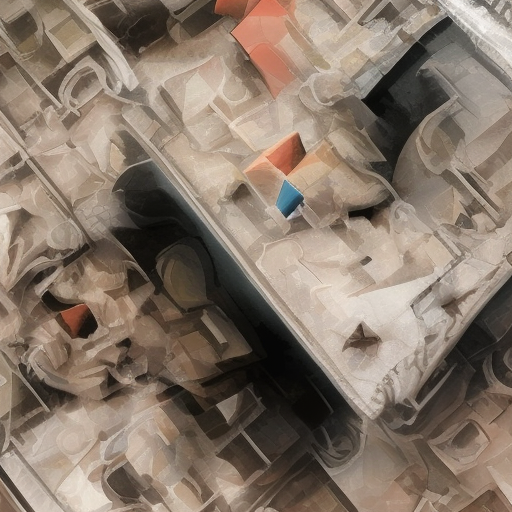
At Neural Imaginarium, we’ve been fascinated with the “Prompt Strength” (or cfg_scale) setting in Stable Diffusion, and have been testing it out to see how it affects the final image produced by the AI. This setting essentially determines how closely the AI should adhere to the prompt given to it. The range is 1-30, with the default setting being 7, and 1 being furthest from the prompt and 30 being closest. At least, that’s what it’s supposed to be.
Estimated reading time: 3 minutes
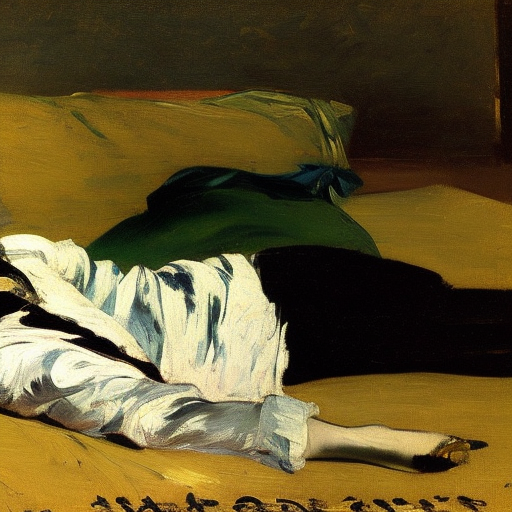
When creating AI-generated art, the size and aspect ratio of the final image are as crucial as the subject matter itself. In our recent experiments with the Stable Diffusion model on DreamStudio, we’ve been exploring how varying aspect ratios affect the final artwork, especially when the subject matter is highly specific and recognizable. Our journey began with the realization that using the default 1:1 aspect ratio often resulted in unsatisfactory images, where important elements, like the subject’s head, were frequently cropped off.
Estimated reading time: 3 minutes
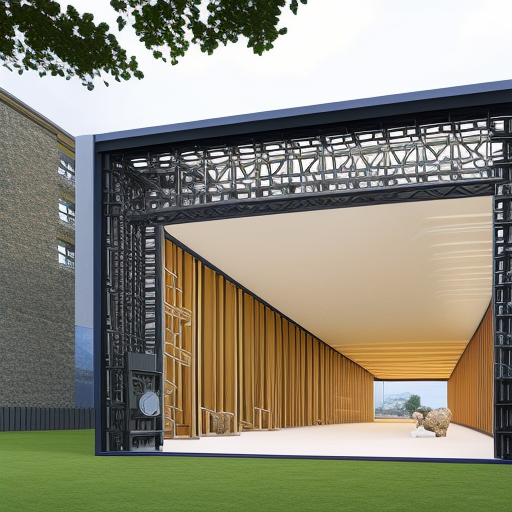
As we delve deeper into the world of AI art generation, we find ourselves continually intrigued by the capabilities and limitations of these innovative models. One model we’ve been experimenting with is Stable Diffusion, a tool that has provided us with a range of unique, sometimes surprising, artistic renditions. However, as with any technology, it has its limitations. Let’s take a closer look at some of the challenges we’ve encountered and speculate on possible reasons behind them.
Estimated reading time: 6 minutes
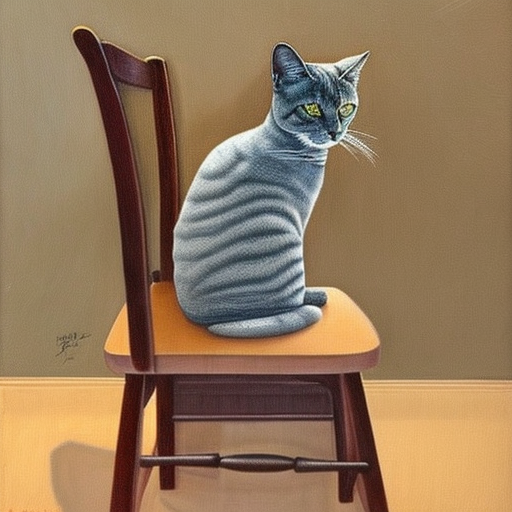
Welcome back to another round of AI art exploration at Neural Imaginarium! This time, our subject is a little more whimsical – the captivating world of iconic cat art.
Estimated reading time: 4 minutes
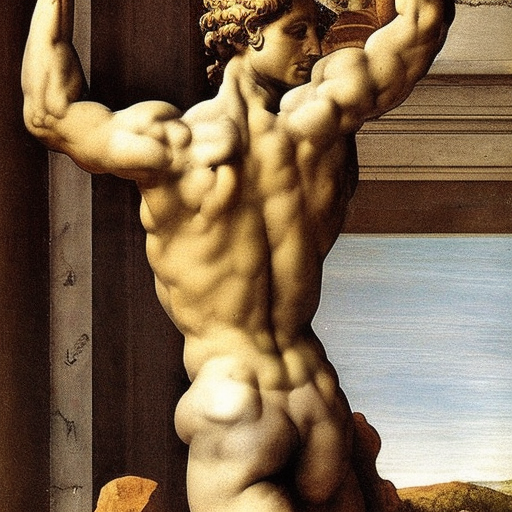
Welcome back, dear readers, to another exciting exploration at Neural Imaginarium, where we continue our journey into the heart of AI-generated art. After our foray into reimagining classic paintings, we’ve turned our sights to the world of sculpture, aiming to bring these three-dimensional masterpieces to life in the two-dimensional digital canvas.
Estimated reading time: 3 minutes
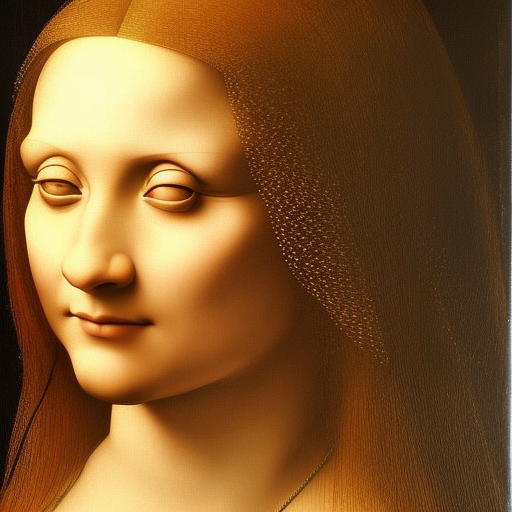
Welcome, dear explorers of the digital realm, to an exciting journey where technology meets art, and the familiar meets the fantastical. Here at Neural Imaginarium, we’ve embarked on a unique experiment, harnessing the power of artificial intelligence to reimagine classic paintings. Our tools for this artistic adventure? OpenAI’s ChatGPT for generating image prompts and DreamStudio for transforming these prompts into breathtaking visual art, using a selection of their Stable Diffusion models.
Estimated reading time: 4 minutes







